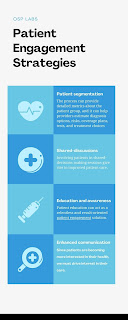EHR Implementation in Billing
EHR (electronic health record) is ubiquitous in healthcare in the United States. Simply put, it is an electronic form of peoples’ medical history that the provider maintains. It would contain all of the clinical information about people when under care by a certain provider. Some of that data would include immunizations, allergies, test results, radiology reports, history of treatments and medication, diseases and injuries sustained, prevailing medical conditions, and so on. Electronic health records make it vastly easier for doctors to access important medical information and help to simplify clinical workflows. The chronology of a patient’s health situation, underlying conditions, previous diseases, or medication enables doctors to make informed decisions about treatment. EHRs make it convenient for doctors to obtain patient information quickly, share it with other organizations, and update the treatment. A major advantage of having medical record...
